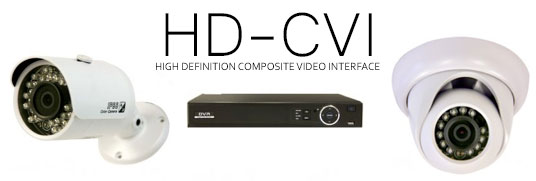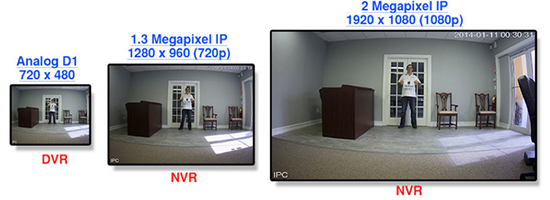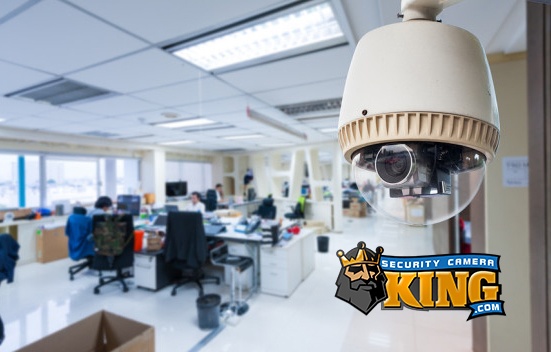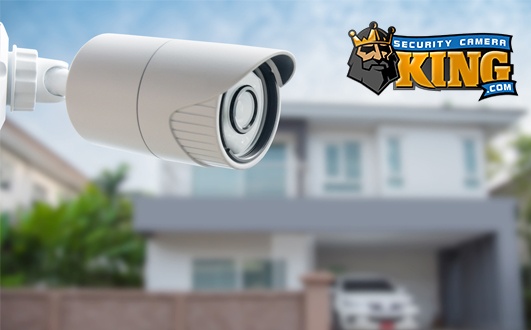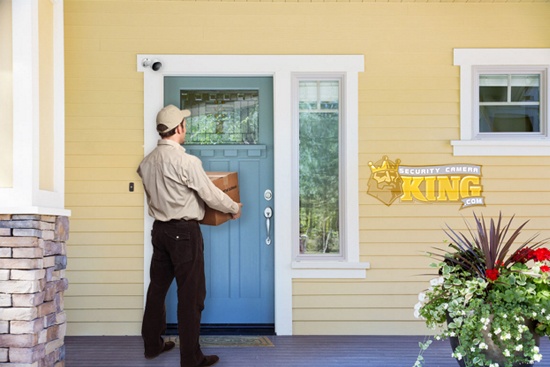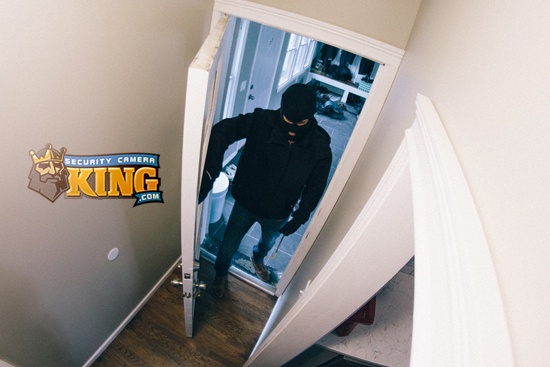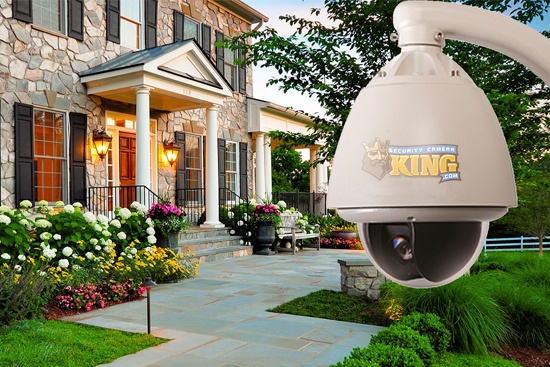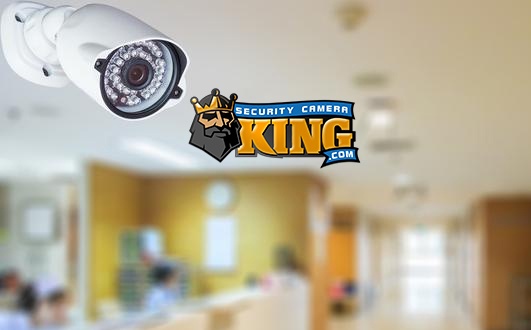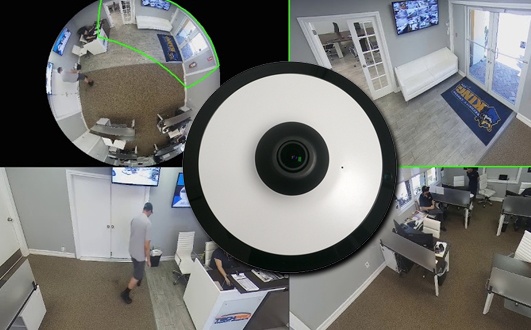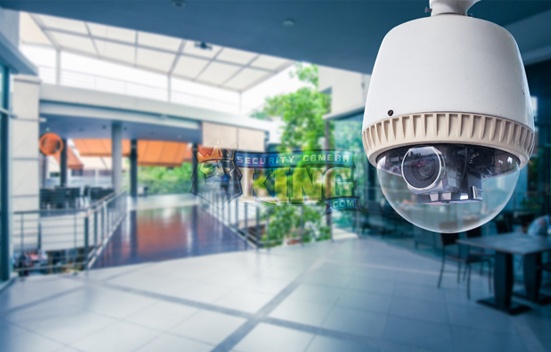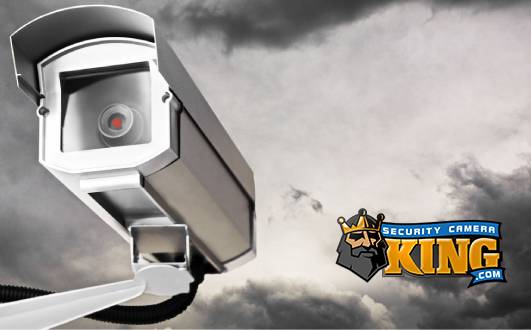Have you wanted to upgrade your existing analog camera system, but don’t know which way to go? Well I am going to throw you another curve ball. The introduction of High Definition Composite Video Interface or better known as HDCVI. You probably just heard HD bla bla bla, and I can completely understand that. No this isn’t just a new name for an old technology like High Definition Serial Digital Interface or HD-SDI. Yes the video quality is the or soon will be the same, but HD-SDI has many limitations that HDCVI has conquered and HDCVI has some limitations that HD-SDI still wins in at the moment. I am going to go into some of the disadvantages and advantages of HDCVI and HD-SDI in this article.
HDCVI
High Definition Composite Video Interface
HDCVI is the new wave of HD video transmission. At this point HDCVI does have some limitations, but the fact that HDCVI also conforms to the newer HDcctv Alliance standards. These limitations are just temporary. These standards not only incorporate the SMPTE-292M standard from the Society of Motion Picture and Television Engineers for the broadcast television studios, also known as the HD-SDI standard. It goes much further with addition of compliance certification and the multi-vendor interoperability and reliable electrical performance in mass production. HDcctv XR standard or extended reach standard is so that high definition video can travel upto 3 times further than HD-SDI can travel without any type of repeater. The HDcctv CX standard or CatX cable standard is that the system will work over any type of Cat cable on the market. HDcctv AT standard or Advanced Transmission standard means the system can transmit over all traditional closed circuit television cabling infrastructure. HDcctv 2.0 standard allows for the OSD’s of the cameras to be controlled up the cable.
At this point in time HDCVI is limited to only being able to transmit video in 720p high definition. In the very near future this technology will be able to transmit video in 1080p Bluray quality high definition. All this can be accomplished over existing cable infrastructure. Now you are probably asking can I use my existing plug and play cables? The answer is yes, as long as there is some amount of copper in the cable. A major advantage to HDCVI, High Definition Composite Video Interface, and HD-SDI, High Definition – Serial Digital Interface, is the fact that the video is transmitted with no delay in the video transmission, since the recording device the DVR or Digital Video Recorder, that is doing all the encoding after the video is transmitted. Where as with IP megapixel cameras, the camera does the encoding and then transmits the video causing a delay in the initial images coming from the camera to the recorder, the NVR or Network Video Recorder. HDCVI is bringing the closed circuit back to high definition closed circuit television HDCCTV, surveillance networks. This is because with an IP camera system, the cameras are placed on the network and the NVR is also on the network and all communication occurs over said network. This has a lot of devices on the network all communicating over the network. Granted these devices are secure, but they are not truly closed off back to the recorders like HDCVI, Analog, and HD-SDI camera systems.
A major advantage of HDCVI camera systems over IP Megapixel camera systems is the fact that you do not need the network infrastructure with HDCVI that you need with IP camera systems. With HDCVI all the cameras come back to the recorder directly, whereas in IP cameras the camera connects to the network as well as the NVR (Network Video Recorder) and communication between the devices occur through the router. This can cause network lag because of the amount data that each camera is sending over the network. This is why with an NVR and IP cameras you want to make sure that you either have a dedicated network just for the camera system or that you have upgraded the network to Gigabit speeds, with the proper router and devices to get you speeds of 10/100/1000. Most older networks and their devices only had Megabit speeds which are 10/100 Mbps, these networks work fine with older technology. Technology and data has changed drastically in the past few years, people expect higher and higher definition images which is fine but they also eat up more and more bandwidth. Think about this with a Megabit network you really only feasibly have 50Mbps that is usable, since half of the bandwidth is for transmitting and half is for receiving data. On average a 2mp IP camera will take about 8Mbps per camera, if you have a 8 camera system the cameras alone will eat up a standard networks resources and that is with nothing else on the network.
Currently HDCVI camera systems are lacking a few things that HD-SDI camera systems are not. One big thing is that HD-SDI camera systems can record at 1080p resolution, whereas HDCVI is currently limited to only 720p resolution. Another temporary disadvantage of HDCVI is that the DVRs are limited in the amount of hard drive space they can currently accept, whereas HD-SDI DVRs come in larger cases that can accept more hard drives. Another temporary advantage to HD-SDI is that every channel has the ability to record audio, where currently on HDCVI you can only record audio on channel 1.
Now look at the images above. Would you rather have the image on the left the D1 resolution or the 1.3mp resolution? Me personally when I can spend a few dollars more and get the 1.3mp resolution and not have to be a network engineer to get this, I would go with that. This is the resolution that HDCVI gives you standard, soon the image on the left will also be available and this will then kill analog and HD-SDI camera systems. To recap, with HDCVI you can use virtually any cable that is existing or even on a new install. You get High Definition imaging with virtually no delay in video. The cost is almost the same as high end analog camera systems. The video transmission is not limited like it is in both HD-SDI and IP camera systems. With both of those you need repeaters to go over 300 feet. Blow your friends and customers away without blowing your bank account.

